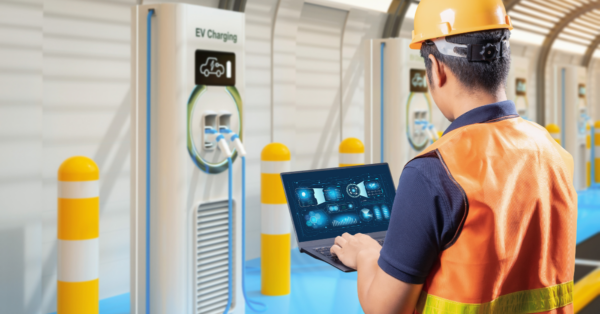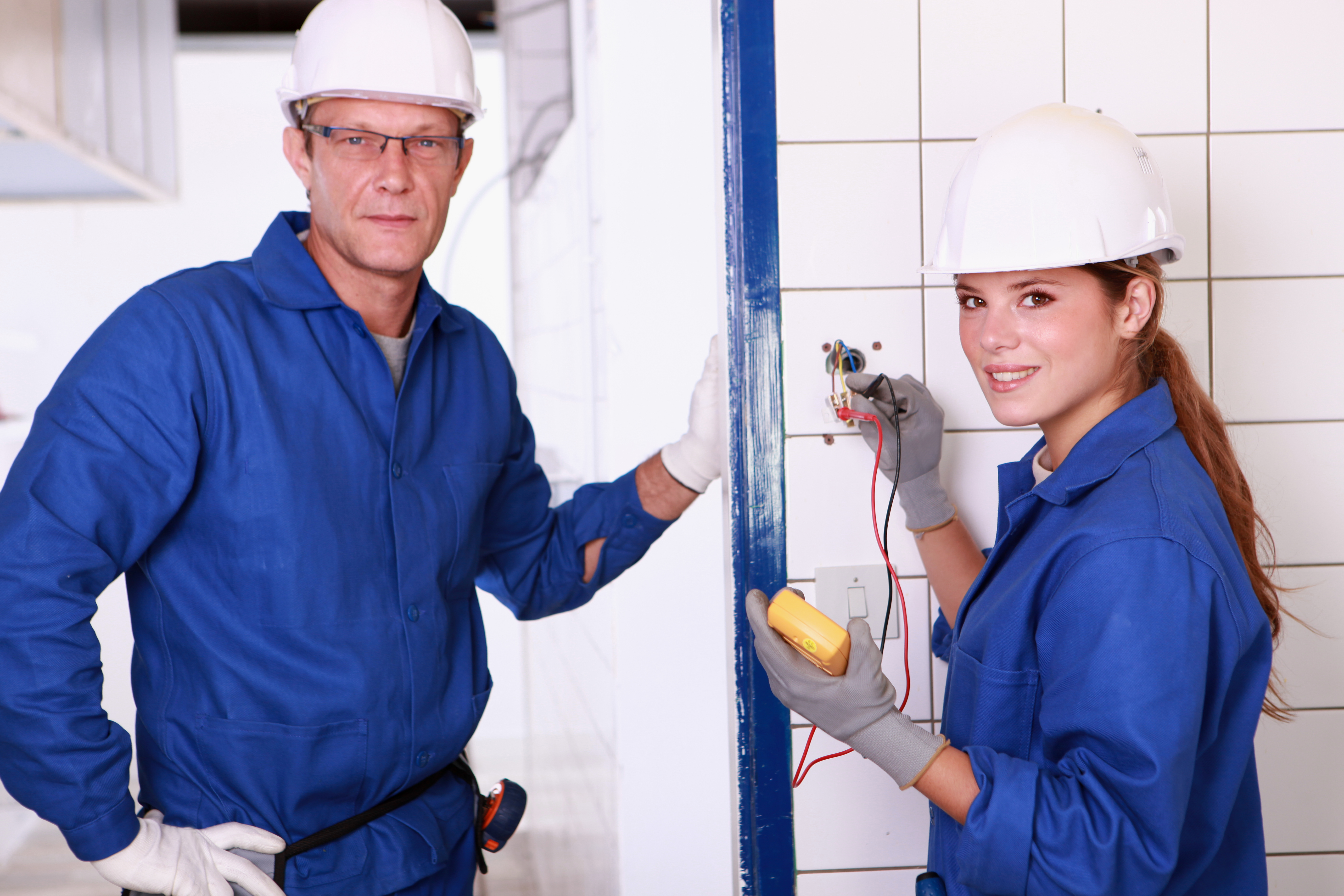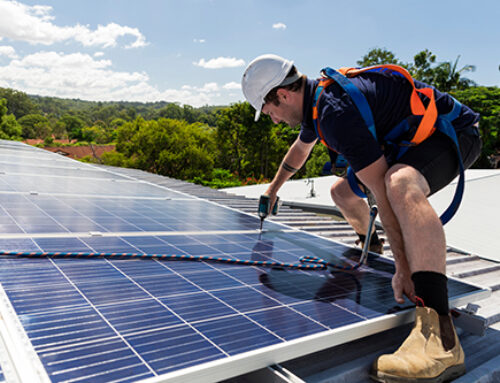As Australia strides towards a more sustainable and efficient energy system, integrating Consumer Energy Resources (CER) such as solar panels, home batteries, and smart appliances introduces a complex web of technical challenges.

These technologies, collectively referred to as distributed energy resources (DER), necessitate a thorough re-evaluation and transformation of the existing electrical infrastructure, which was primarily designed for unidirectional energy flow from large, centralised power plants to consumers (i.e. built to flow one way).
The bidirectional energy flow inherent in systems like rooftop solar presents significant challenges in maintaining voltage and frequency stability across the grid. The Australian Energy Regulator (AER) has initiated several reforms aimed at enhancing grid stability and integrating DERs more efficiently. Despite these efforts, there remains a critical need to upgrade and adapt the physical infrastructure to cope with the localised generation and variable outputs from DERs.
Another significant hurdle is ensuring that various DER systems can communicate and operate seamlessly with one another and with the main grid, which requires standardised protocols and interfaces. This interoperability is crucial for the effective management of DER assets, enabling them to respond dynamically to changes in grid demand and supply conditions.
As the landscape of distributed energy resources (DERs) and related technologies rapidly evolves, it is increasingly crucial for industry to work collaboratively with government and regulators. This partnership aims to adapt existing systems to the aggressive shift in DERs, ensuring that they operate sustainably and cost-effectively.
Current regulatory settings sometimes fail to capture the full potential of DERs, tending to look for solution in larger scale grid projects and upgrades over the adoption of innovative DER technologies that might offer more economical and effective solutions for managing the energy grid.
The idea behind DER is to distribute many Battery Energy Storage Systems (BESS) in as close a proximity as possible to the point of generation at individual consumer locations. This removes them from the demand equation by utilising their own stored capacity at peak times. These consumers could also export their excess capacity to supply other installations in their local area, further reducing the evening peak.
Prioritising DER policy would provide work and training for SME businesses in local communities. It would reduce the need for big business, on mega projects to undertake these expensive works, freeing them up to work on other critical infrastructure projects and by utilising DER, the solution starts now rather than waiting 10 years.
Robert Pearson, General Manager of Operations at Master Electricians Australia, highlights the importance of this collaborative approach: “In facing these technical challenges, it’s essential for our regulatory frameworks to adapt in a way that supports the seamless integration of cutting-edge technologies such as bi-directional EV charging and smart meters. Through joint efforts with regulators and the government, we can enhance grid management and empower consumers, fostering a grid that is not only more resilient but also more efficient and responsive to the needs of Australian energy consumers.”
The aim of generation integration is to reduce emissions, lower electricity prices, increase market competition, give consumers control over their energy usage and reduce taxpayer expenditure.
Cybersecurity is another critical technical challenge as the grid becomes increasingly digitised and reliant on data from smart devices. Protecting the grid and consumer data from cyber threats is paramount to maintaining the integrity and reliability of energy systems. Like all things when it comes to technology, implementing robust cybersecurity measures is essential to safeguard the interconnected energy network. This is something that will continue to be improved and enhanced as time goes on and more and more data becomes more reliant on smart devices.
Addressing these technical challenges requires a concerted effort from government, industry, and regulatory bodies. It involves not only upgrading physical infrastructure but also revising regulatory frameworks to encourage innovation and ensure the efficient, secure, and equitable use of DERs.
The future of Australia’s energy transition is contingent on overcoming these hurdles to fully leverage the environmental and economic benefits of consumer energy resources. With continued collaboration and strategic planning, these obstacles can be overcome, and Master Electricians Australia remains committed to advocating for policies that support the technical and regulatory evolution necessary for the successful integration of consumer energy resources.
MEA is committed to being at the forefront of the electrical industry and providing the latest news, information, training and industry regulations to members across the nation.




